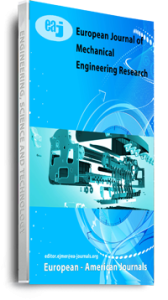The offshore energy industry concerning wind energy is moving its focus towards deeper water locations, which are more fitting to floating rather than bottom fixed support structures. The selection of the appropriate support structure type is an important factor in making the offshore energy industry reliable and efficient for product delivery. The study aims to develop a methodology for the evaluation and selection of an optimum structure to support offshore wind power with emphasis on three different selected support structures for wind turbines offshore based on the TOPSIS (Technique for Order Preference by Similarity to Ideal Solution) method with modification using the pairwise comparison for obtaining the weighted vector and also using the Analytic Hierarchy Process (AHP) method for verification of approach. These methods were able to check for consistency of the weights employed in the analysis and provide a means for validating the weight of attributes. The scores obtained from the three methods used to carry out the multi-criteria decision-making analysis (TOPSIS, modified TOPSIS and AHP) and this shows how all the alternatives rank concerning each other. The Spar buoy option scores 41.00% (TOPSIS), 42.45% (Modified TOPSIS) and 29.15% (AHP) while the Semi-sub option scores 32.75% (TOPSIS), 20.90% (Modified TOPSIS) and 37.32% (AHP) and the TLP options scores 26.25% (TOPSIS), 36.64% (Modified TOPSIS) and 33.53% (AHP). The option with the best performance across all decision-making approaches is the Spar buoy platform with the TLP being the next preferred and the Semi-sub being the least preferred.
Keywords: Floating platform, Wind Turbine, offshore renewable energy, offshore structures, weight analysis

